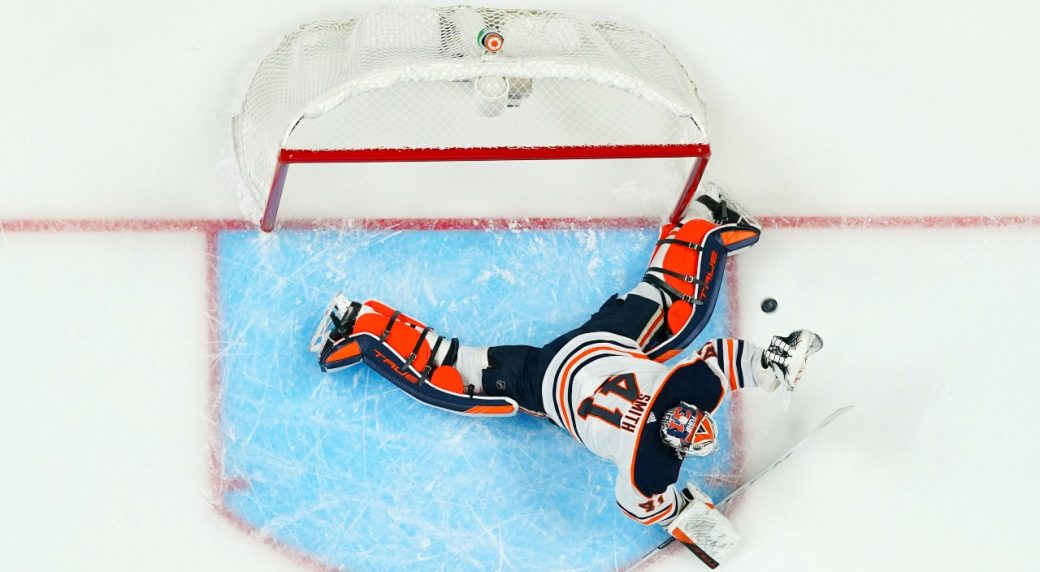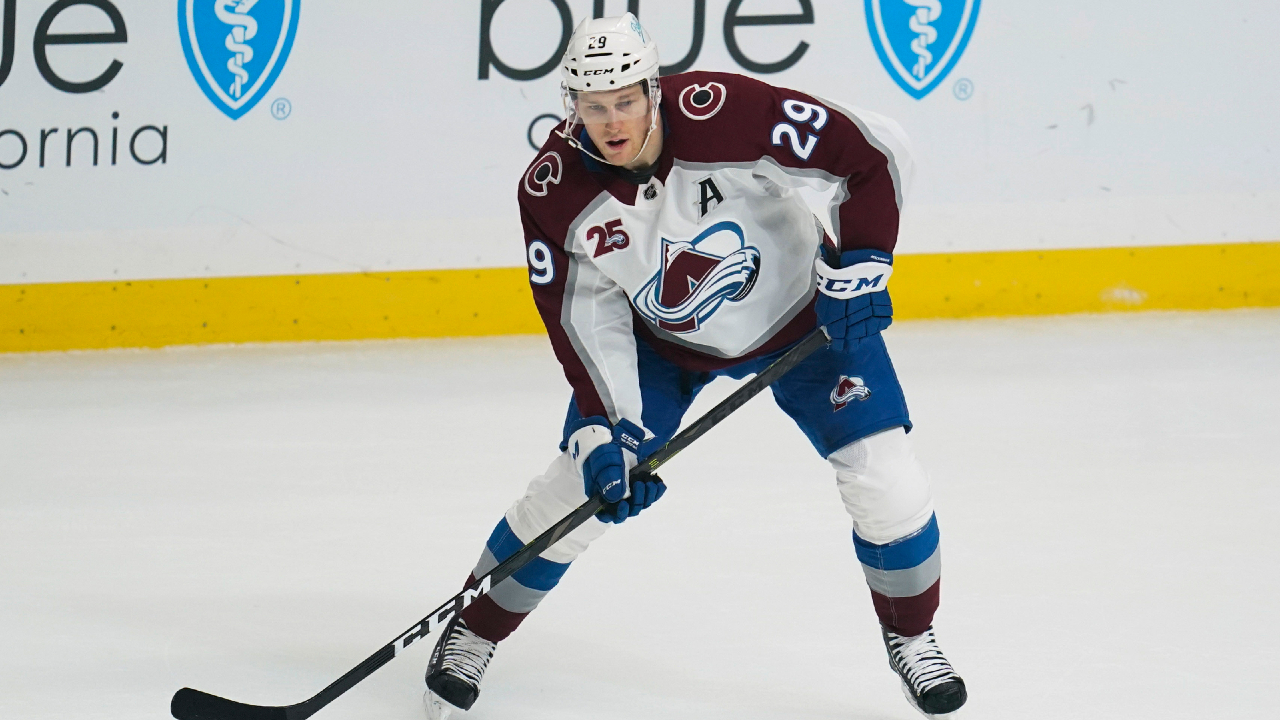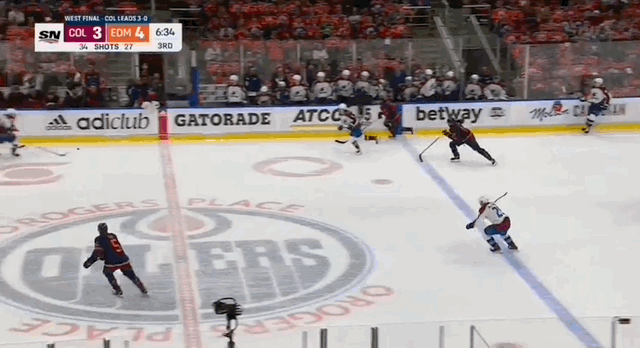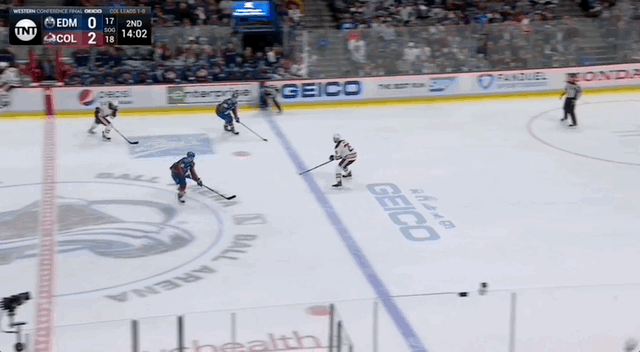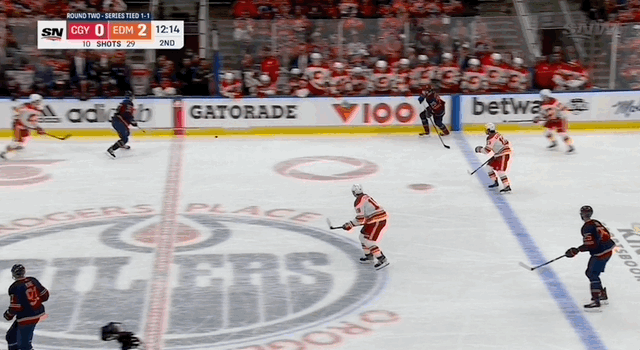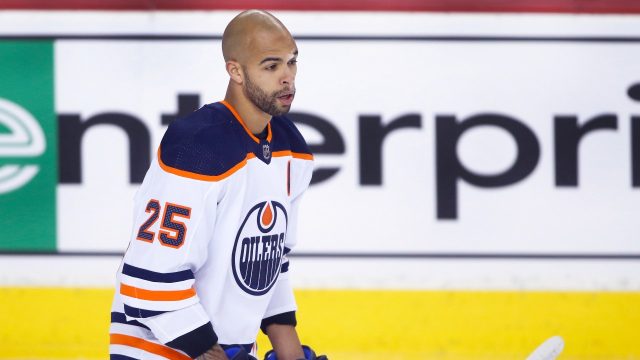With the Colorado Avalanche completing the sweep, the Edmonton Oilers' 2021-22 season has come to an end. Now, they’ll be left asking themselves what went wrong and how they can avoid the same fate next year.
So where did Edmonton go wrong this post-season?
There were flaws at all three positions.
Chaos in net
One of the easiest flaws to point out is back in the blue paint. The Oilers' decision to run it back with a crease of Mike Smith and Mikko Koskinen has been criticized all year, and rightfully so. Teams can get by without elite goaltending, but they can do a lot more when they have support between the pipes.
Edmonton did have support earlier this post-season. While there were quintessential ‘Mike Smith plays’ that were highlighted through each series, going into the Western Conference Final he was around average, having performed very close to expectations to that point with a Goals Saved Above Expected of -.13.
Colorado, however, exploited him when he over-committed or mishandled the puck. They’re an aggressive team that can keep the pressure up, and it became too much for the Oilers to handle. In four games, they generated 14.1 expected goals based on their shot quality (before factoring in shooting talent), and Smith conceded almost five more goals than expected based on that workload.
Defensive woes
The Oilers' loss isn’t only on goaltending, though. Smith losing his composure in Game 4 certainly plays into it the loss, seeing as that gave Colorado more of an opening to rally in the third period. But series-wide, defence was an area of concern as well.
Of the goaltenders in Round 3, no one’s faced more shot attempts against than Smith in all situations. Pre-shot movement only made those shots all the more dangerous; the Oilers allowed their opponent to move the puck to the slot to improve the quality of those chances.
Focusing in on 5-on-5, the Oilers conceded 3.6 expected goals against per 60, which is the most among teams in the playoffs. It wasn’t just a matter of shot volume, but quality.
The Avalanche were able to skate up the ice with the puck and create offence off the rush, with 32 slot attempts generated at the highest rate among teams in Round 3. Five of those scoring chances ended up in the back of the net. But they’re not one-dimensional in their offensive creation and managed 24 slot shots off the cycle; four of those converted for goals.
Edmonton didn’t break up passes enough, either — allowing a higher rate of east-west passes that connected 85 per cent of the time. And they allowed 27.6 pass attempts to the slot.
Colorado’s offence came in waves, and the Oilers not only weren’t built to withstand it with their blue line but couldn’t contain it either.
Struggling from behind
What hurt the Oilers, who struggled defensively, was that when they were trailing in a game the Avalanche didn't simply go into a shell to try to maintain a lead. Had Colorado sat back when ahead in score, Edmonton could have focused on how to generate scoring chances. Instead, their opponent wasn’t influenced by score effects and kept pushing the pace of play.
That forced the Oilers to always think about defence and how to battle back against this overwhelming offence. That weighed on Edmonton’s game because they were simply outmatched, and couldn’t play to their strengths. But even their strengths fell short of Colorado’s, especially when it mattered the most.
Losing Evander Kane
There’s no question that Edmonton didn’t have the forward depth to match Colorado. Few teams do, that’s why the Avalanche are such a heavy favourite to win it all. But what really hurt was losing a top-six player who has been productive in the post-season.
On the ice, Kane was productive in the post-season. He was the recipient of incredible passes that he just had to finish, and gave opponents another threat to try and stop while simultaneously trying to limit one of the best offensive talents in the world down the middle of that line.
At 5-on-5, he led the team with his expected goal generation in the playoffs at 1.39 per 60. The winger contributed to his team’s scoring chance generation off the cycle and kicked in some slot shots for the rush.
Sure, the Oilers still had Leon Draisaitl and Connor McDavid in Game 4. And both players did damage in their last game of the season. But not having Kane — or at least another top-line calibre player — only limited what Edmonton could do against this loaded Avalanche squad. That’s even more true when considering Draisaitl’s injury status.
While Draisaitl was still effective even with extremely limited movement, there was more pressure on him to be great despite that because the team was without one of their top-six threats.
That further emphasizes how poor Kane's decision-making was in Game 3 on the play that injured Nazem Kadri.
The Oilers needed every ounce of forward depth they could get, and Kane ended his season early — and contributed to his team’s season ending sooner than they could have hoped — by taking himself out of Game 4 entirely.
Data via Sportlogiq
